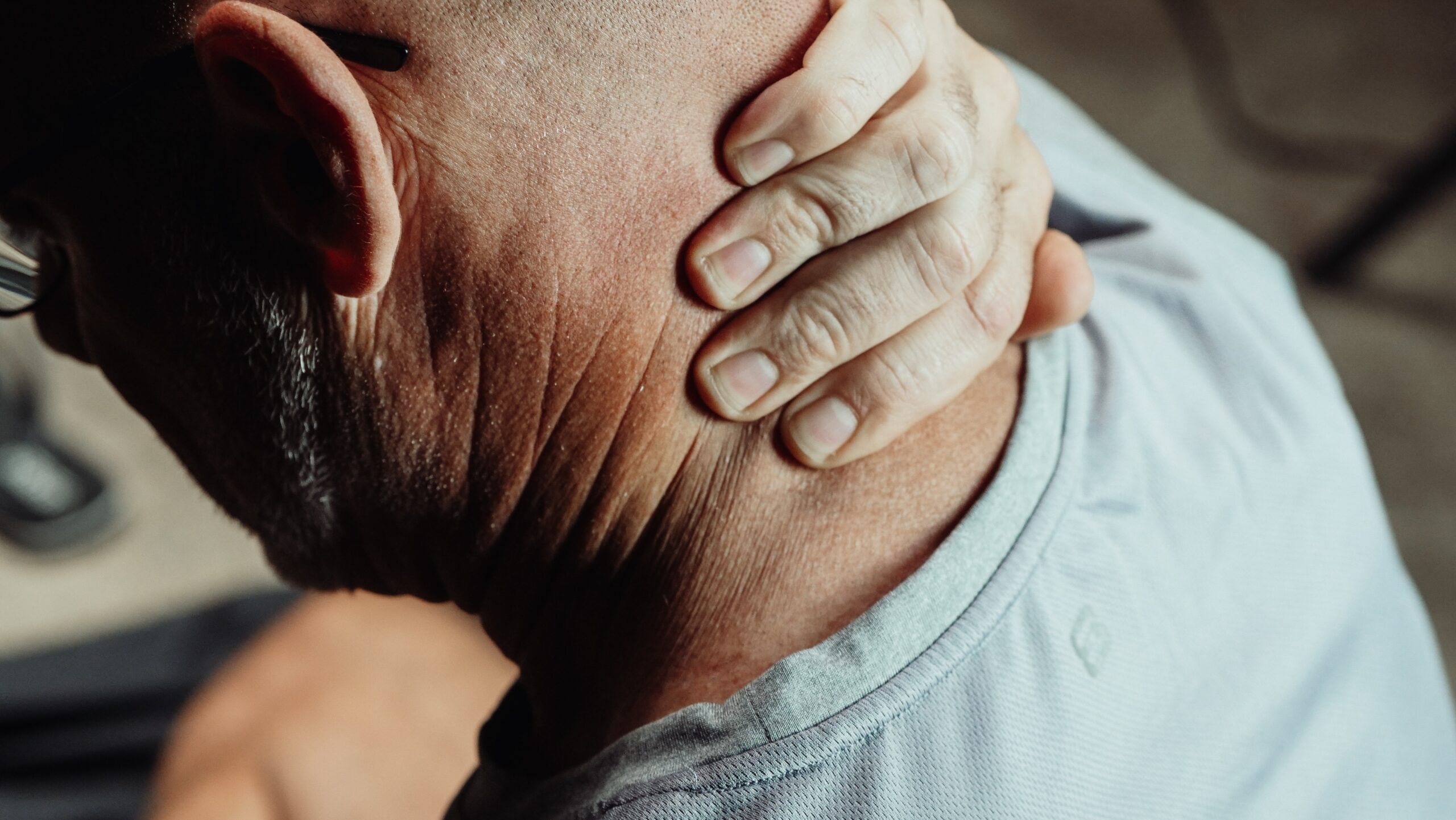Facet joint sprains are a common cause of back and neck pain. They occur when the ligaments that connect the facet joints in the spine become stretched or torn. Facet joints are the small joints that connect the vertebrae in your spine, and they play a crucial role in the flexibility and mobility of your back. In this article, we will explore the causes, symptoms, and treatment options for facet joint sprains.
Causes of Facet Joint Sprains
Facet joint sprains can occur due to a variety of reasons, including:
- Trauma or Injury: Facet joint sprains can occur due to sudden trauma or injury, such as a fall or a car accident.
- Repetitive Strain: Repetitive strain on the facet joints can lead to sprains, such as in cases of repetitive lifting or twisting.
- Degeneration: As we age, the cartilage that cushions the facet joints can wear down, making them more susceptible to sprains.
- Poor Posture: Poor posture can put stress on the facet joints, leading to sprains over time.
Symptoms of Facet Joint Sprains
The symptoms of facet joint sprains can vary depending on the severity of the injury. Common symptoms include: 
- Pain: The most common symptom of a facet joint sprain is pain in the affected area. The pain can be sharp or dull and may be felt in the back, neck, or other areas of the body.
- Stiffness: Stiffness in the affected area can make it difficult to move or perform everyday tasks.
- Swelling: Swelling may occur around the affected area.
- Muscle Spasms: Muscle spasms may occur as the body tries to protect the injured area.
- Headaches: Facet joint sprains in the neck can cause headaches.
Treatment of Facet Joint Sprains
The treatment for facet joint sprains will depend on the severity of the injury. In most cases, conservative treatments such as rest, ice, and pain medication are sufficient to manage the symptoms of a sprain. However, in severe cases, surgery may be necessary.
- Rest: Resting the affected area is important to allow the ligaments to heal. Avoid activities that exacerbate the pain.
- Ice: Applying ice to the affected area can help reduce inflammation and relieve pain.
- Pain Medication: Over-the-counter pain medication such as ibuprofen can help manage pain and reduce inflammation.
- Chiropractic Care: Chiropractic care can help reduce pain and stiffness by realigning the spine and promoting healing.
- Physical Therapy: Physical therapy can help strengthen the muscles in the affected area and improve range of motion.
- Surgery: In severe cases, surgery may be necessary to repair the ligaments or remove damaged tissue.
Preventing Facet Joint Sprains
While facet joint sprains cannot always be prevented, there are steps you can take to reduce your risk of injury, such as:
- Maintain Good Posture: Maintaining good posture can help reduce stress on the facet joints.
- Exercise Regularly: Regular exercise can help keep the muscles in the back strong and flexible.
- Lift Properly: When lifting heavy objects, lift with your legs and keep your back straight.
- Avoid Repetitive Strain: Avoid repetitive activities that put stress on the facet joints.
- Get Regular Chiropractic Care: Regular chiropractic care can help keep the spine in alignment and reduce the risk of injury.
How Massage Therapy Can Help Facet Joint Sprains
Massage therapy can be a helpful treatment option for those suffering from facet joint sprains. Massage therapy is a non-invasive and drug-free form of treatment that can help reduce pain, inflammation, and stiffness associated with facet joint sprains. Here are some ways in which massage therapy can benefit those with facet joint sprains: 
- Improved Circulation: Massage therapy can help improve blood and lymphatic circulation in the affected area, which can help reduce inflammation and promote healing.
- Increased Flexibility: Massage therapy can help improve flexibility and range of motion in the affected area, which can help reduce stiffness and pain.
- Muscle Relaxation: Massage therapy can help relax the muscles in the affected area, which can help reduce muscle spasms and pain.
- Pain Relief: Massage therapy can help stimulate the release of endorphins, which are natural painkillers produced by the body. This can help reduce pain and discomfort associated with facet joint sprains.
- Stress Reduction: Facet joint sprains can be a source of stress and anxiety. Massage therapy can help reduce stress and promote relaxation, which can help improve overall well-being and promote healing.
It is important to note that massage therapy should be performed by a qualified and licensed massage therapist who has experience working with individuals with soft tissue injuries. The massage therapist will work with the individual to create a treatment plan that is tailored to their specific needs and goals.
In addition to massage therapy, individuals with facet joint sprains may benefit from other forms of complementary and alternative medicine, such as chiropractic care, dry needling, and physical therapy. It is important to work with a healthcare provider to determine the most appropriate treatment plan for your individual needs and goals.
Our chiropractic and massage therapy services can provide a range of benefits in relieving the pain associated with facet joint sprains. Contact us on (07) 5607 0161 to learn more about how we can help, or to arrange a time with one of our therapists.




